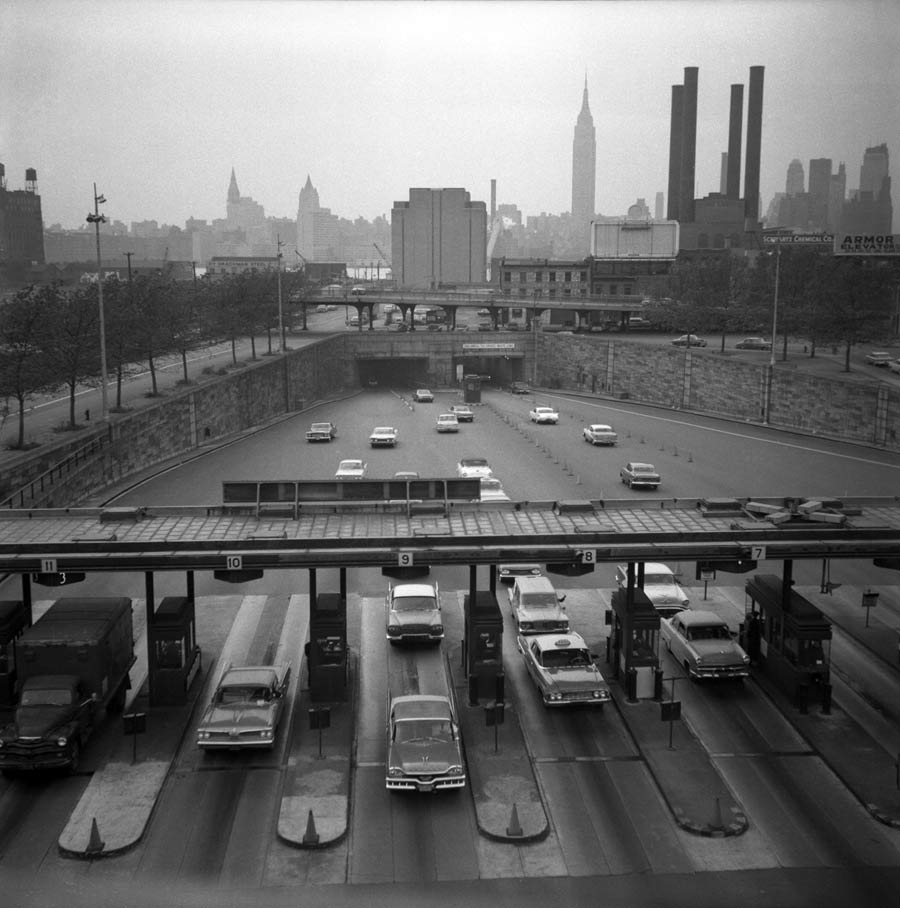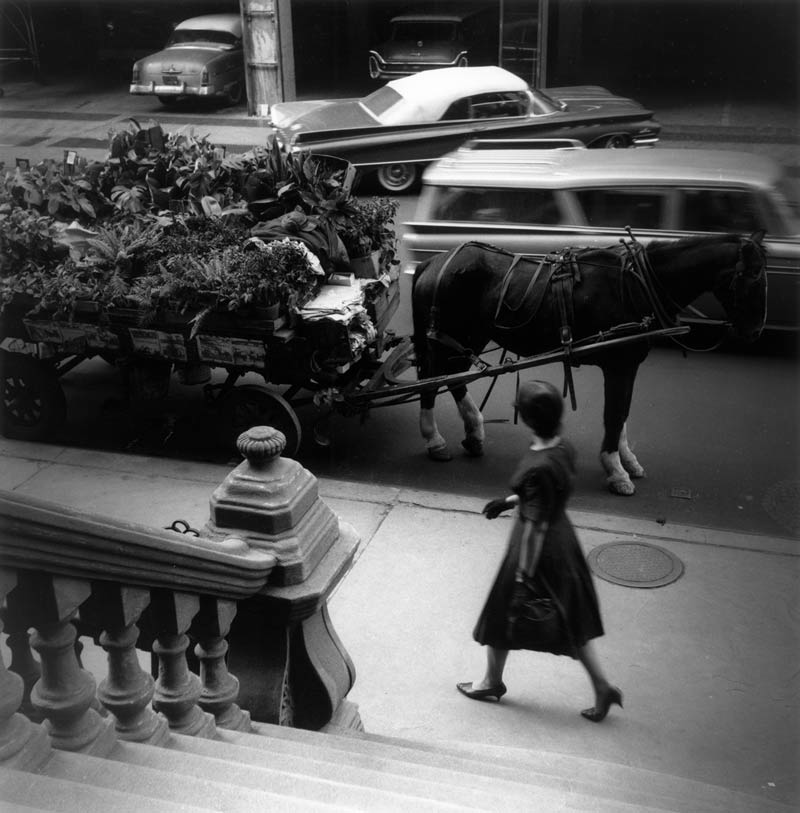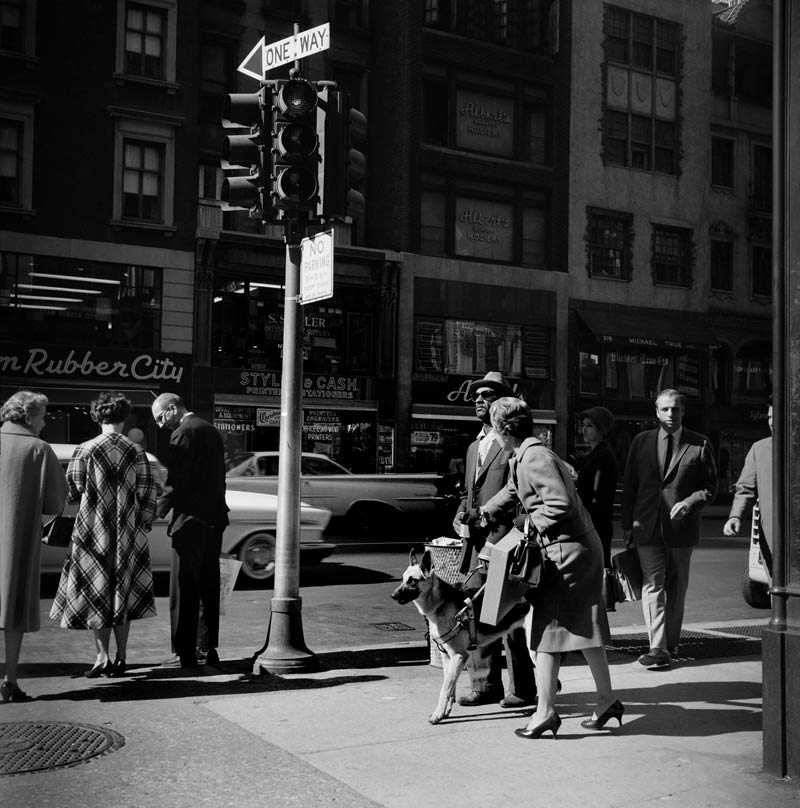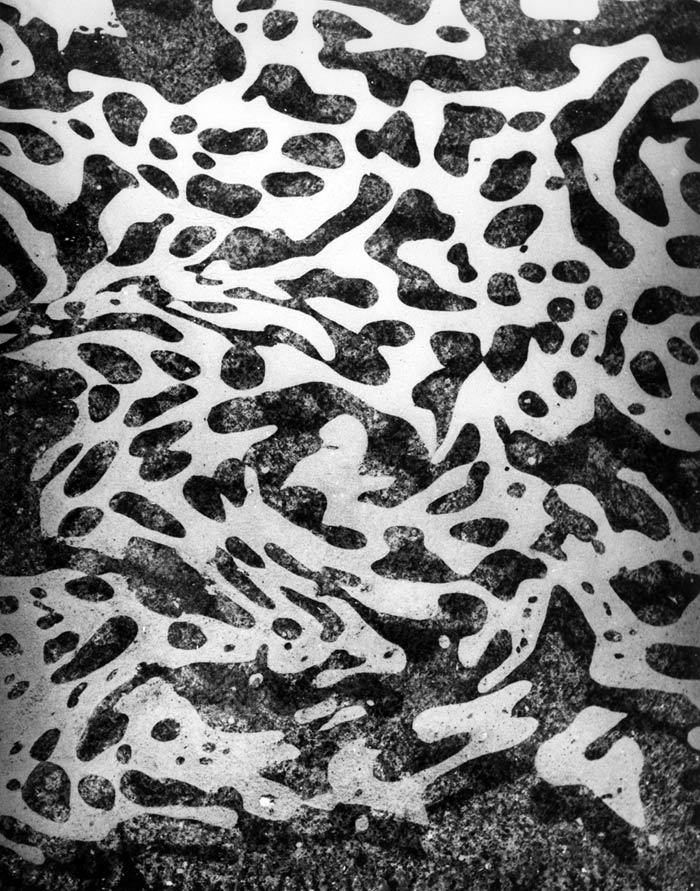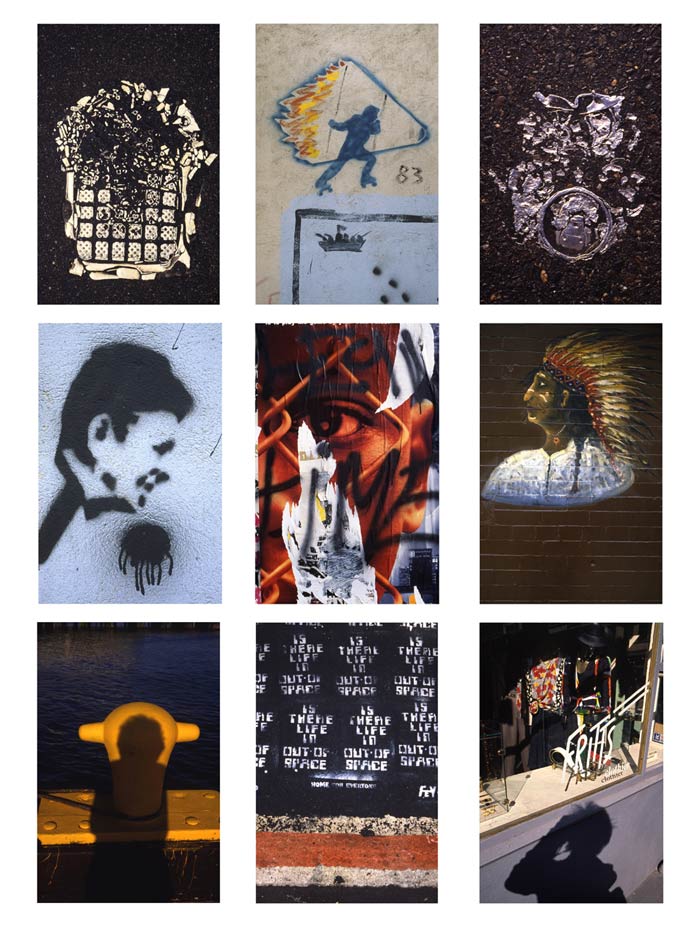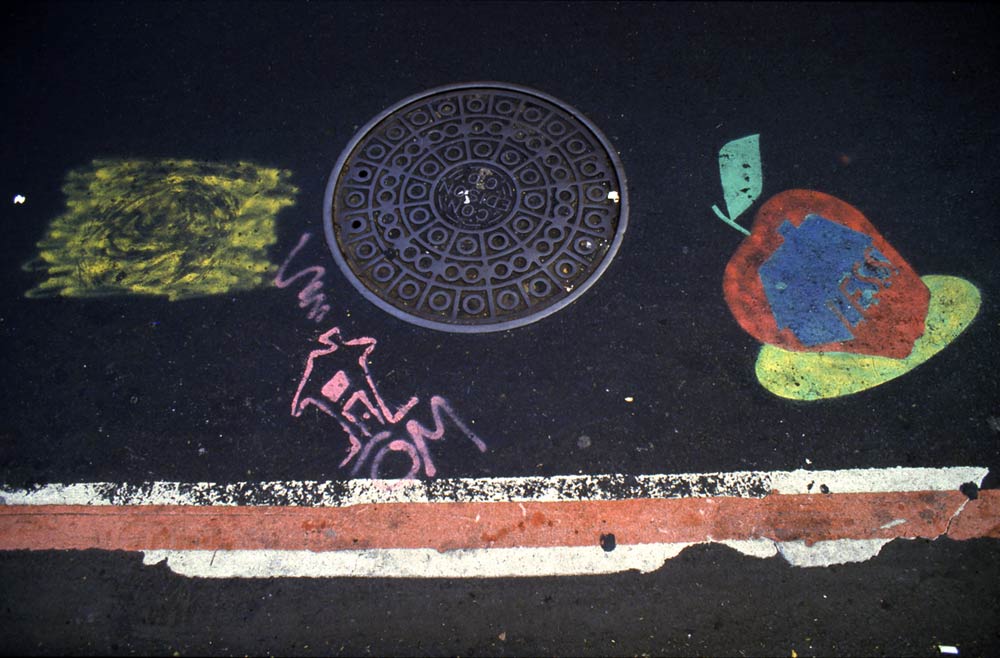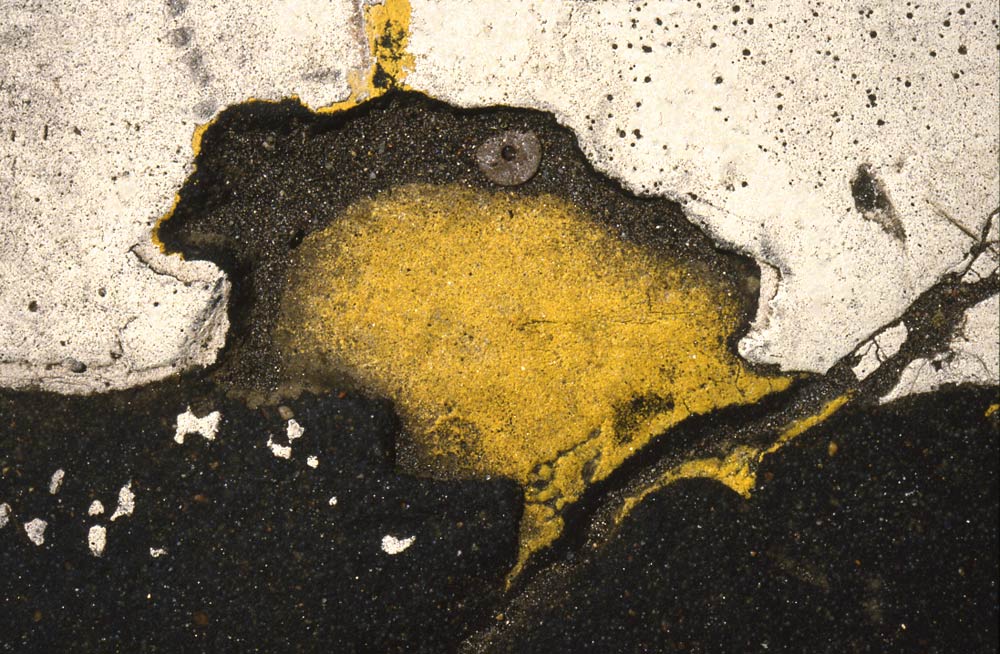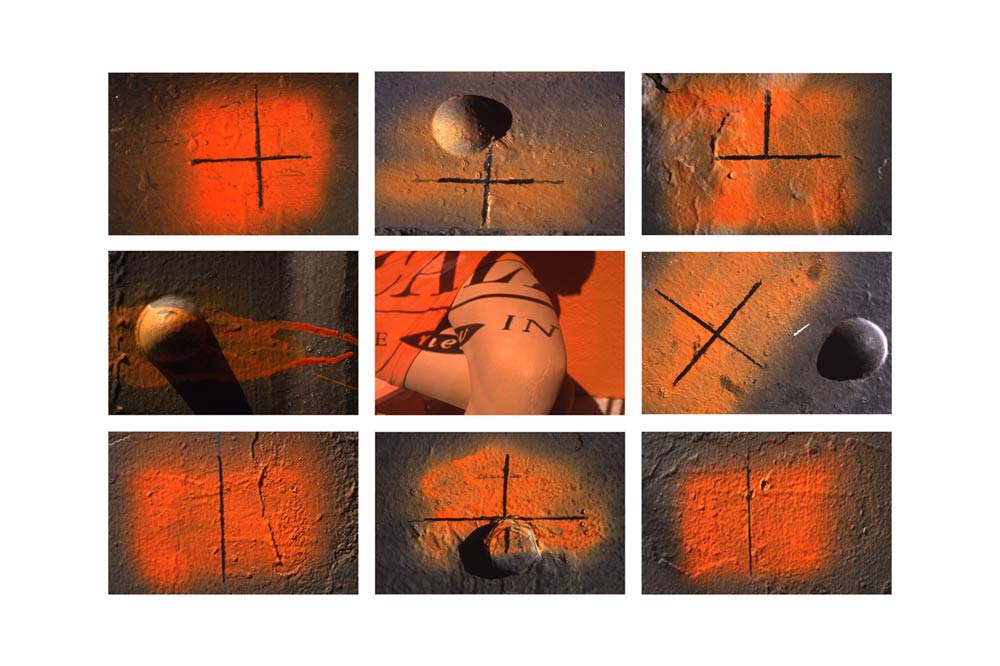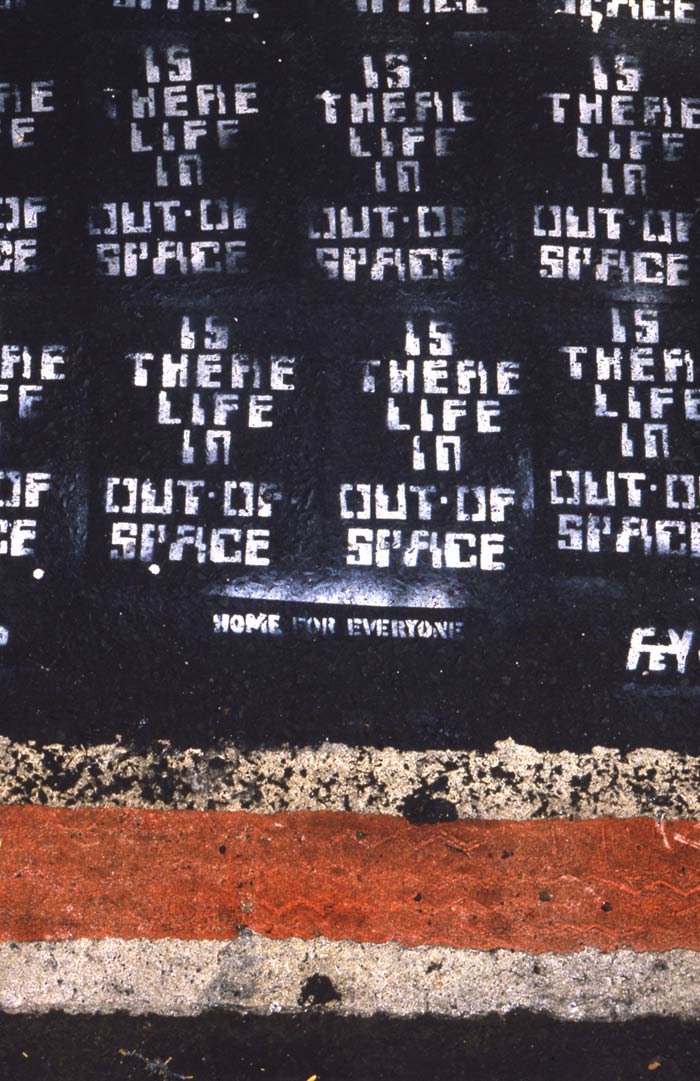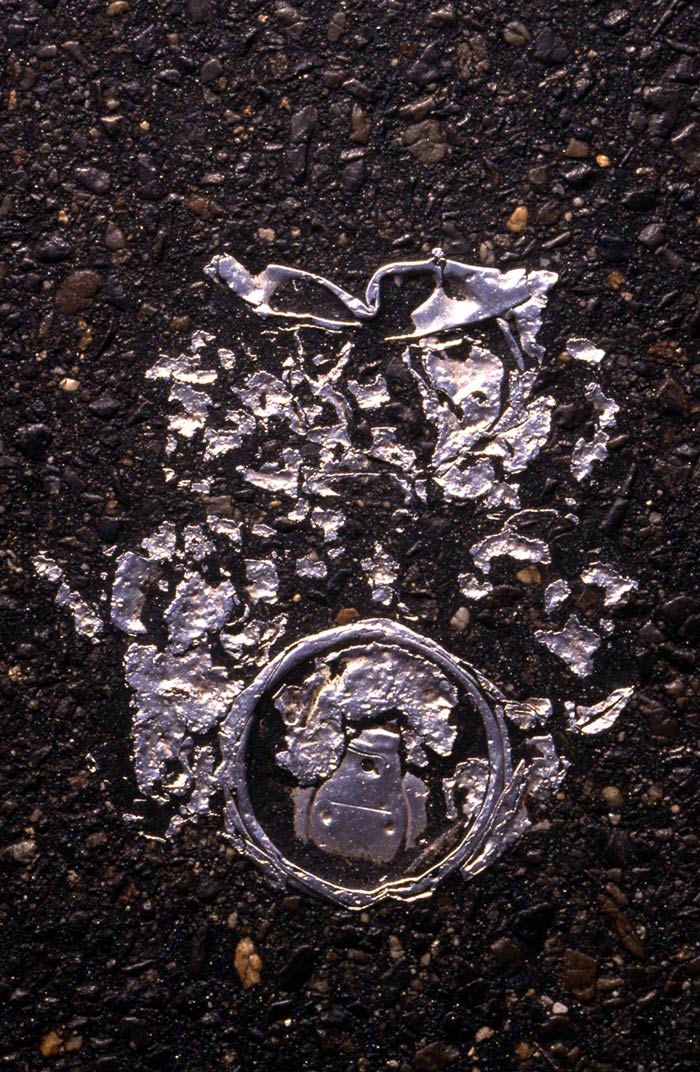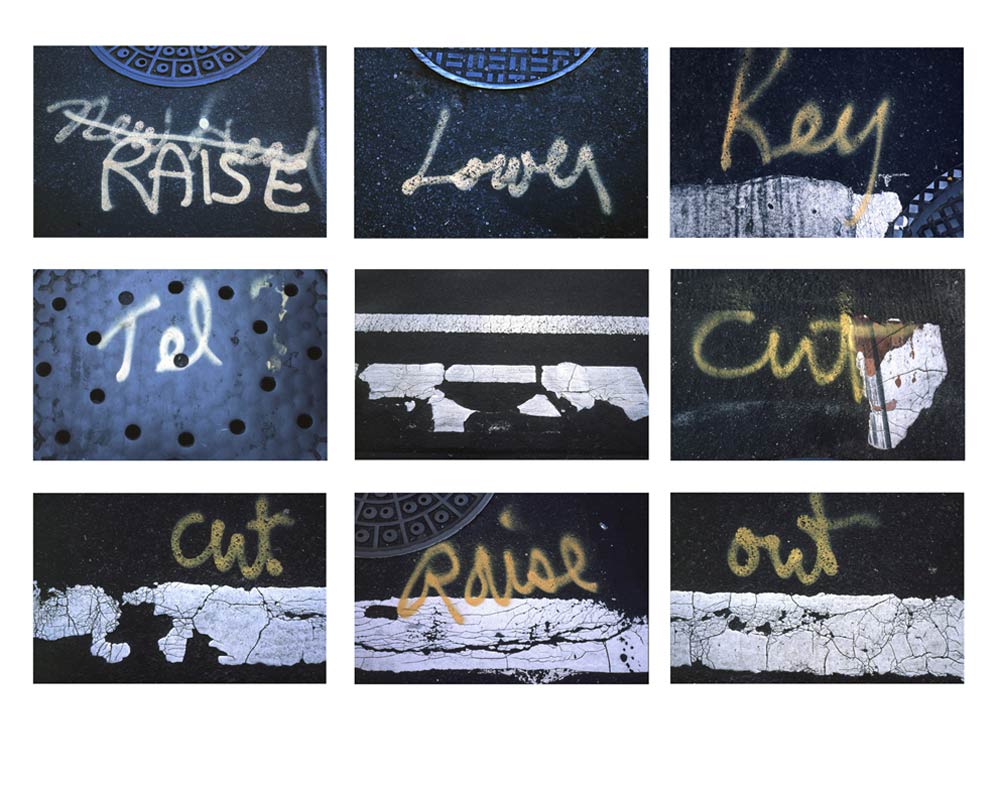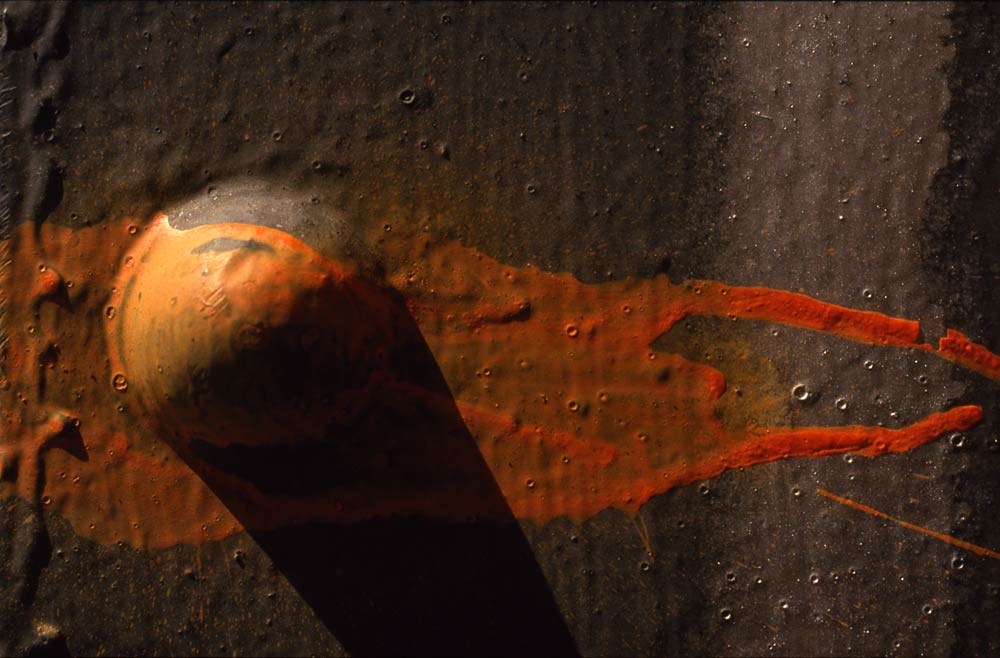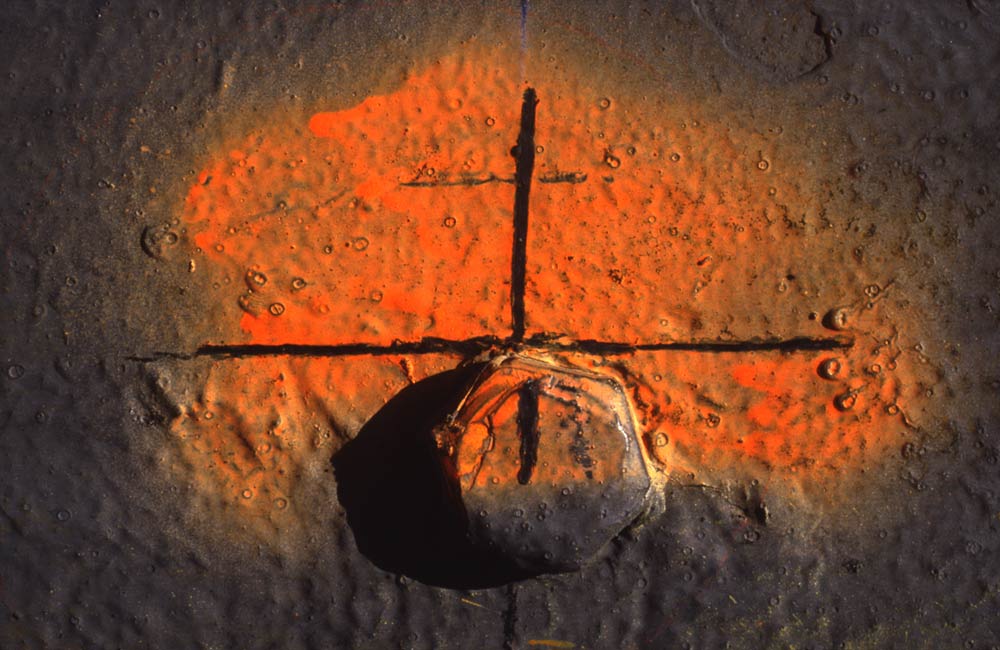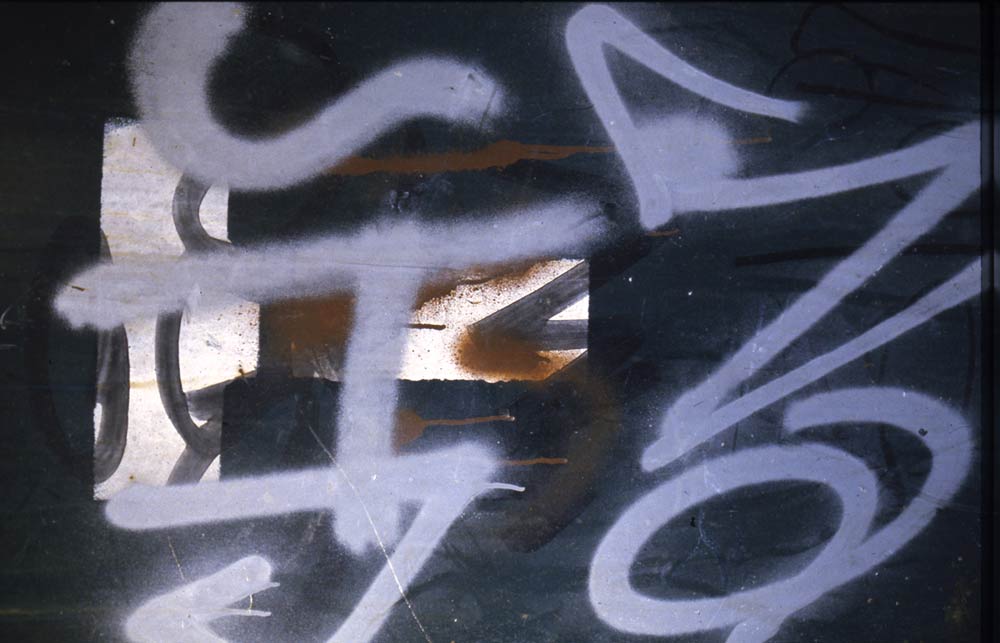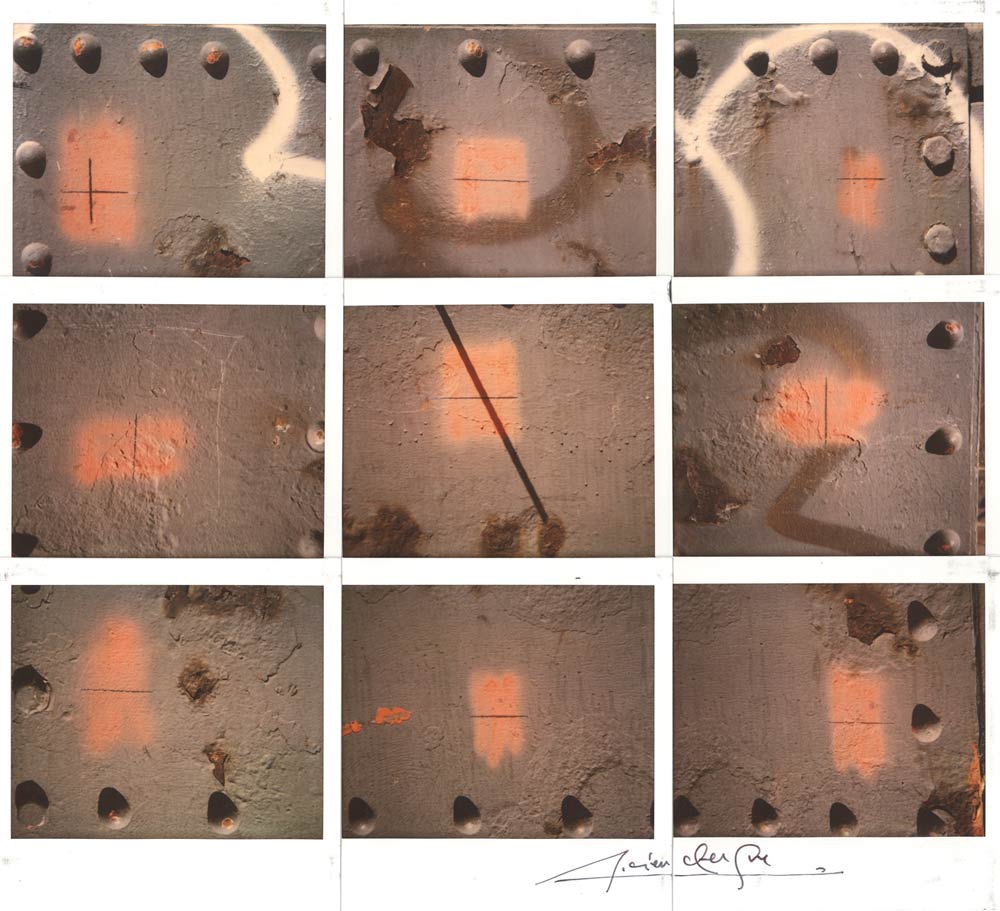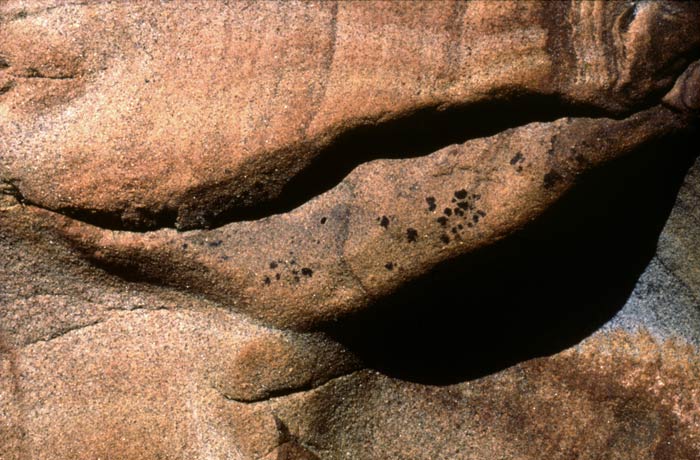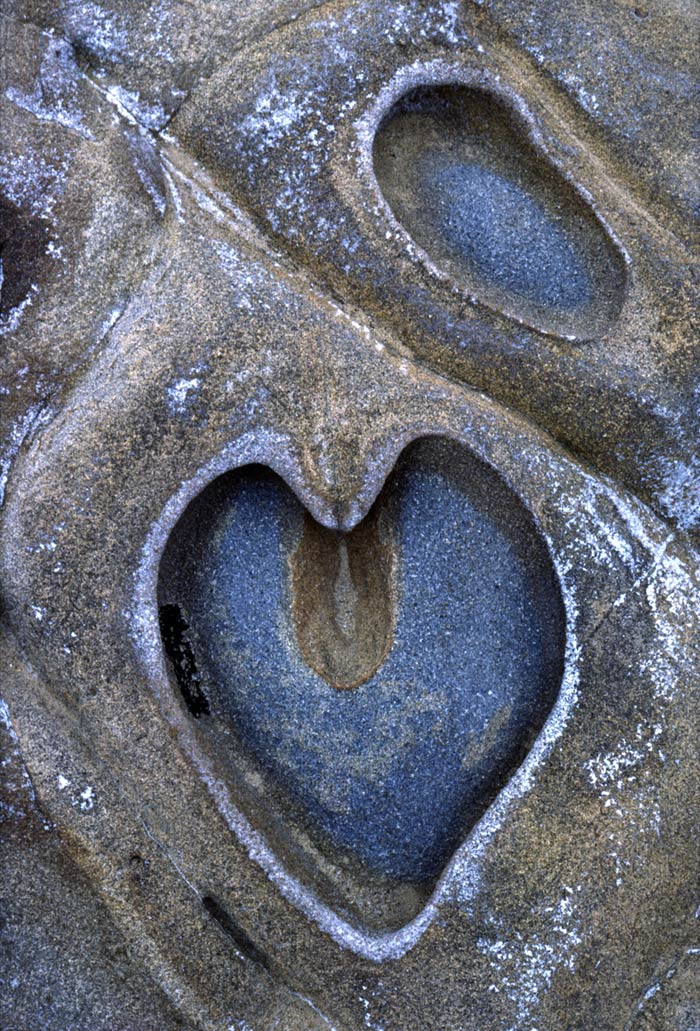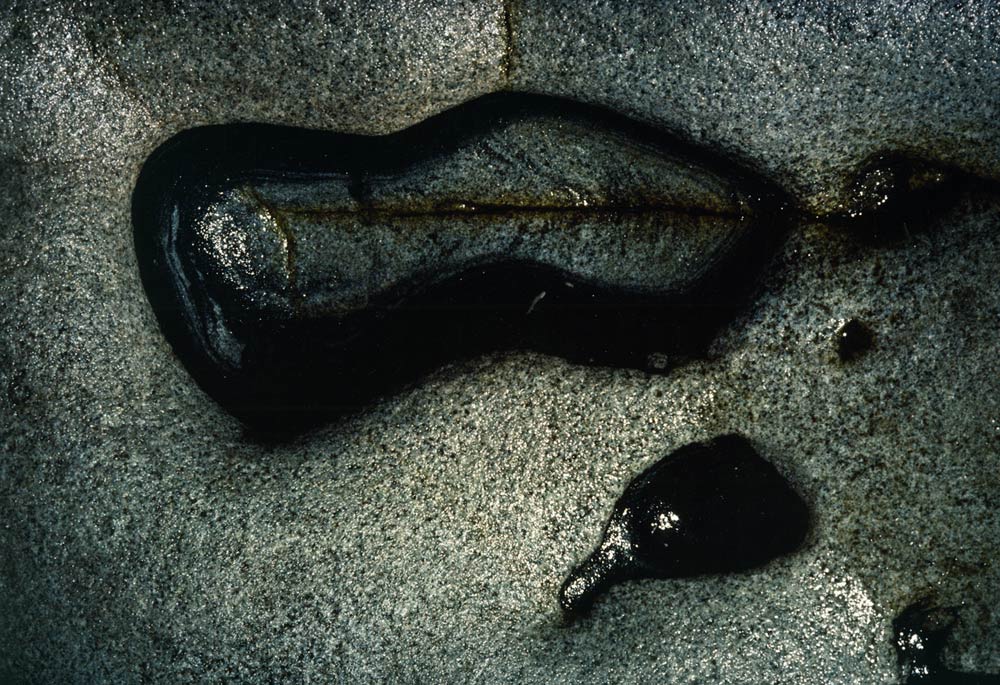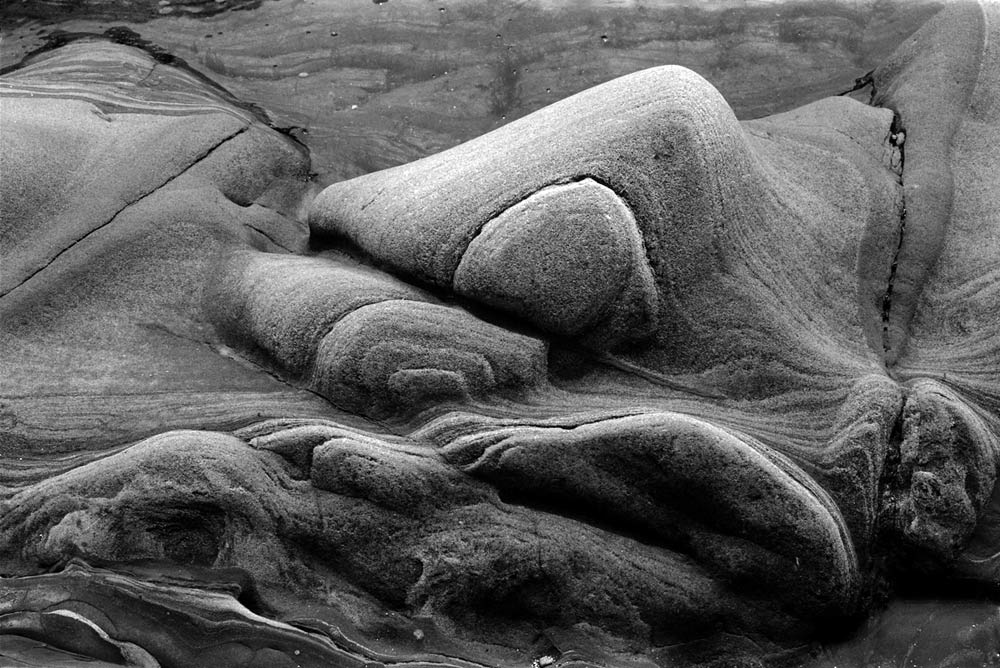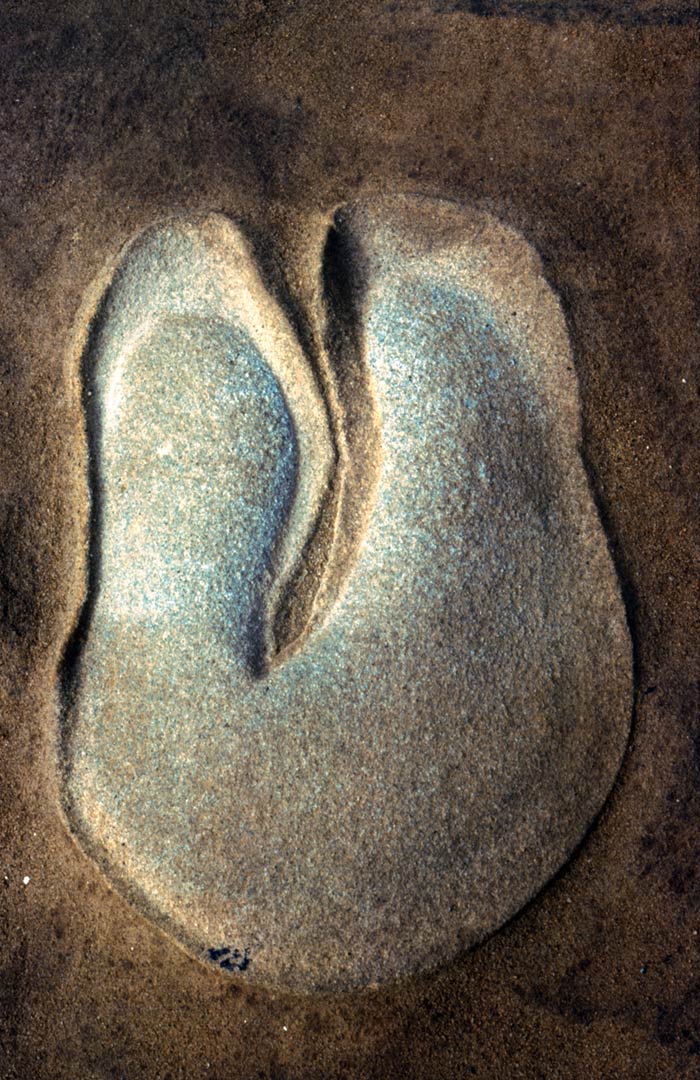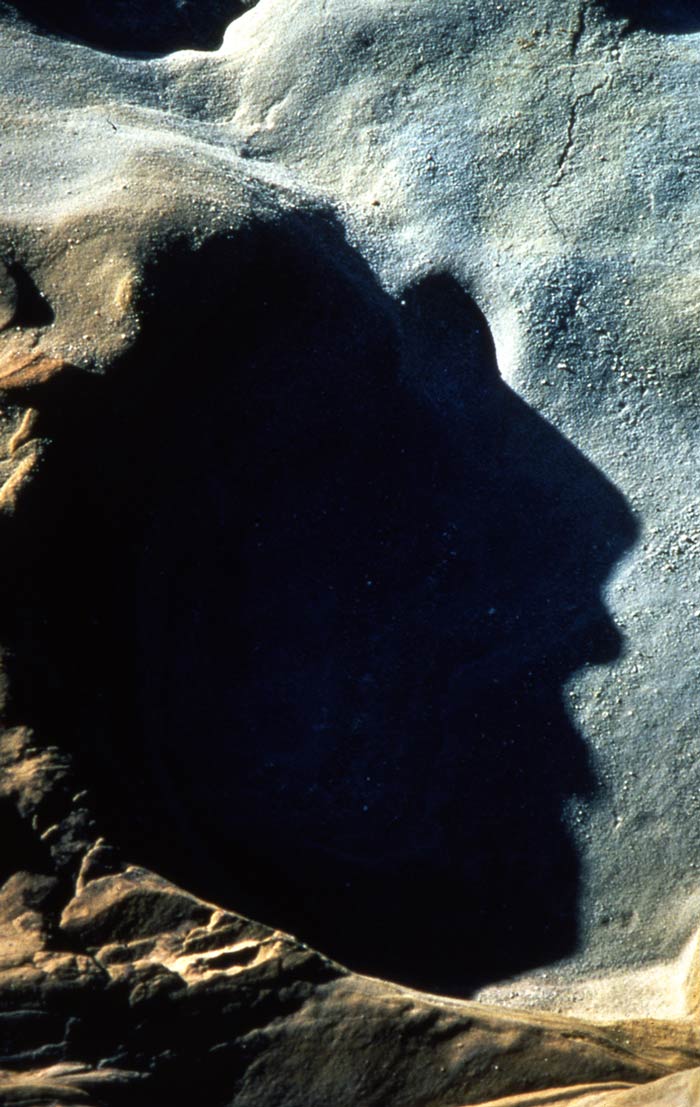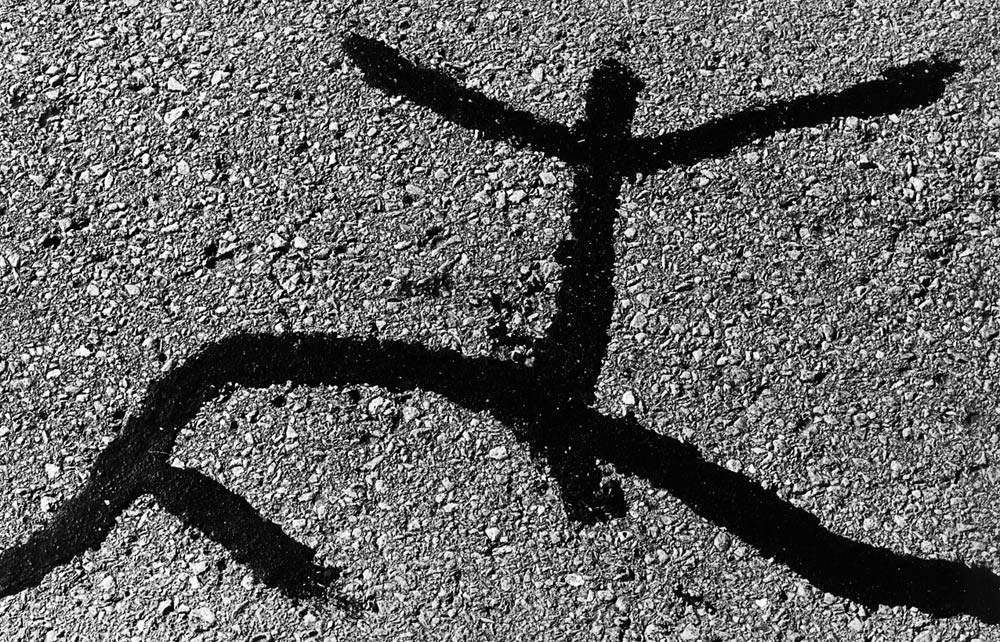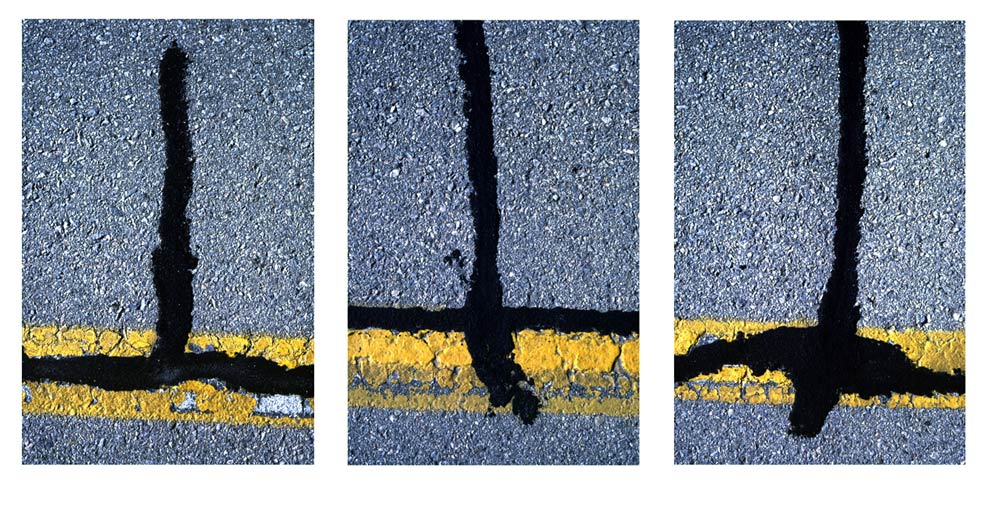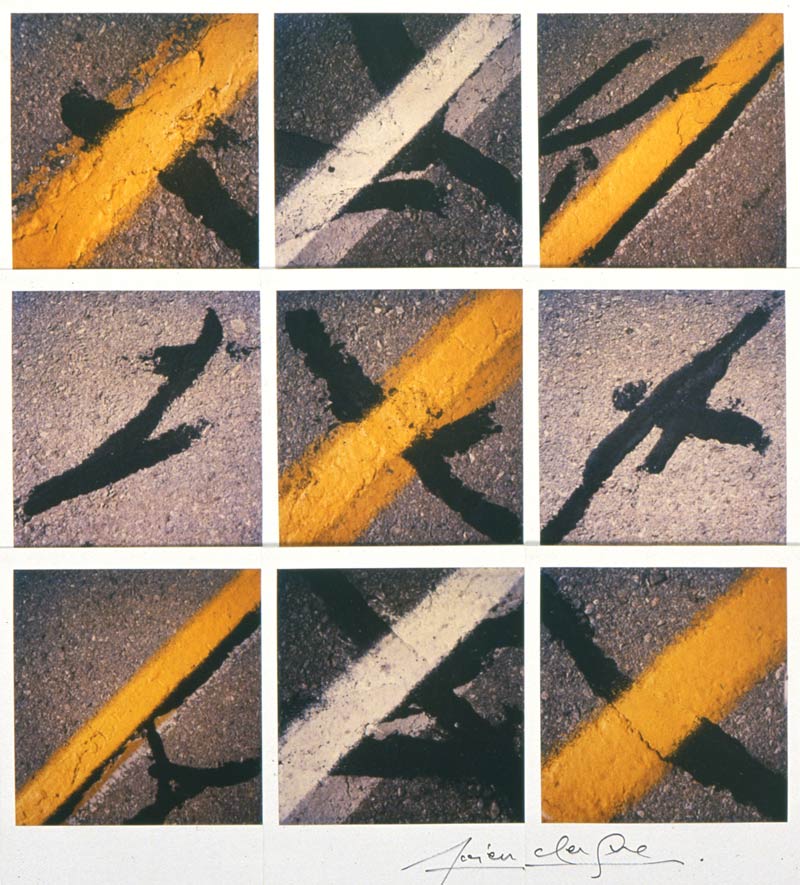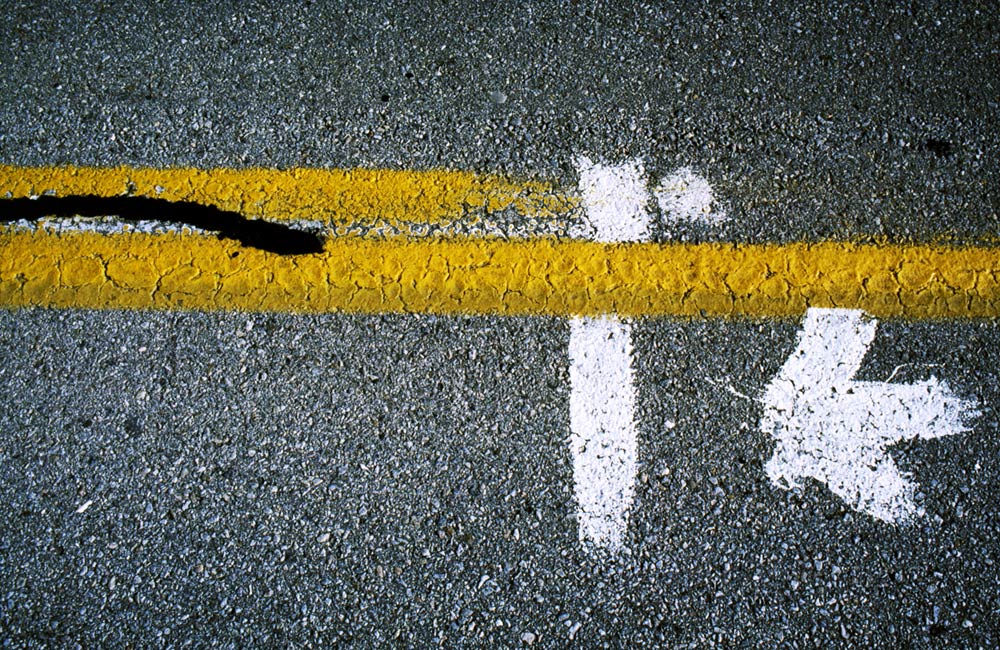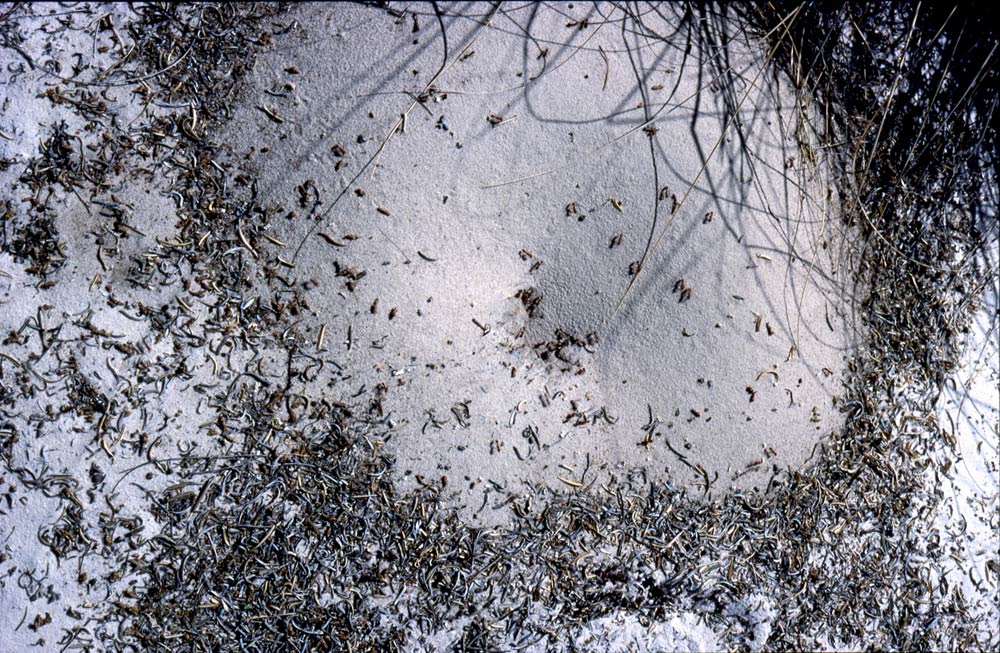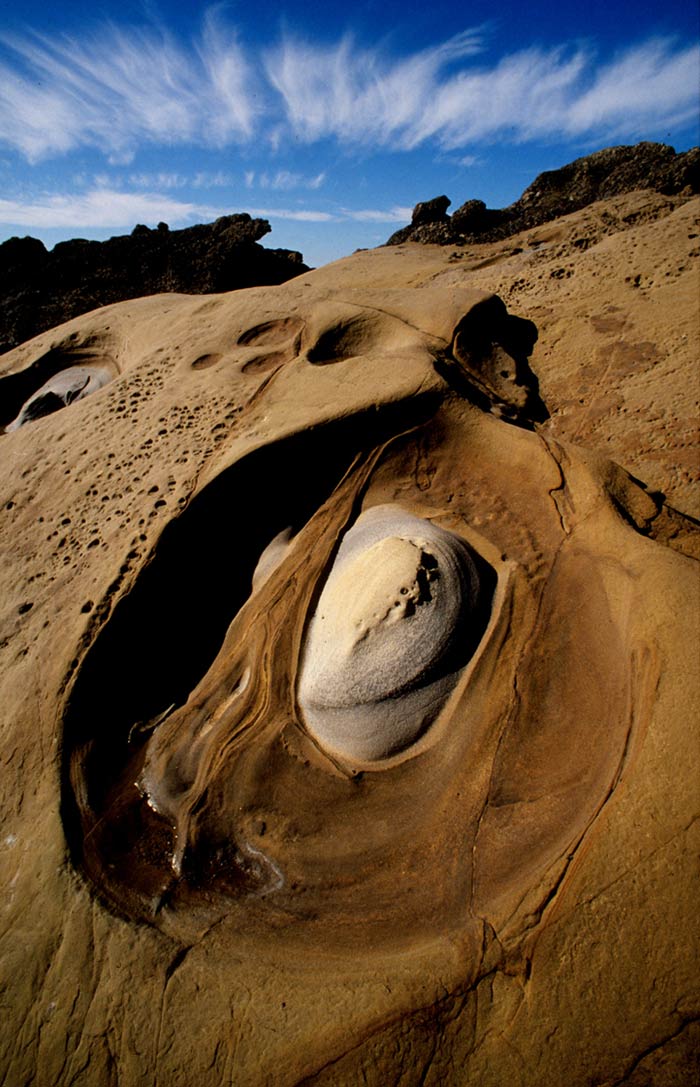New York Memories
In 1958 Edward Steichen discovered the work of Lucien Clergue in Zurich’s Kunstgewerbe Museum, where the young photographer had his first exhibition, coinciding with the legendary “Family of Man” exhibition created by Steichen. Steichen bought nine photographs from Clergue for the collection of the New York Museum of Modern Art where he was Director of Photography. In May 1961, Steichen wrote a letter to Clergue, asking him to participate in an exhibition at the MoMA in September-October of the same year. He asked him to send 150 to 200 prints in order to make his choice. Sixty-six of Lucien Clergue’s images were exhibited alongside those of the famous English photographer Bill Brandt, and the American Yasuhiro Ishimoto, in this exhibition, which toured several cities of the United States. It is thanks to the generosity of a Swiss benefactor that Clergue was able to make this journey which was to transform his life forever, not only on professional and sentimental levels but which was also to change the course of the history of photography in France… It was Jacqueline and Pablo Picasso who wrote the cheque so that Yolande, who later became his wife, could accompany him, and it was the discovery of Picasso’s Guernica, placed beside a permanent collection of photography, which inspired him just two years later, with the help of Jean-Maurice Rouquette, Curator of Arles Museums, to create France’s first photography department at the Réattu Museum of Arles.
Footprints of the Gods
“The New York sojourn was a time of incredible meetings with Eugene Smith and Robert Frank… André Kertesz and Alexey Brodovitch… While setting up this network, he travelled throughout the United States, progressively acquiring a visual experience that formed part of his photographic creation…
Through his friendship with Ansel Adams, Lucien Clergue became part of the photographic history of the magnificent landscapes of American national parks… Through the canyons and cliffs of Yosemite, Lucien Clergue roamed with the same eyes that uncovered the Camargue in Language of the Sands.
…a universe of petrified analogies: animal forms and anthropomorphic masks, lips, buttocks…in the series Footprints of the Gods.
Using the same close-up technique, he photographs the road — another recurring subject in the Northern American psyche. The series of the highway in El Paso…constitutes close-ups of road markings and ideogrammes formed by spilled tar on asphalt. …they seem to present an enigmatic alphabet with a purely visual message. These themes, wide-open spaces and the road, are, strictly speaking, Lucien Clergue’s contribution to American photography. He manages, by imposing his own vision, to upset the codes through which America was in the habit of perceiving their world.”
Robert Pujade, 2011


